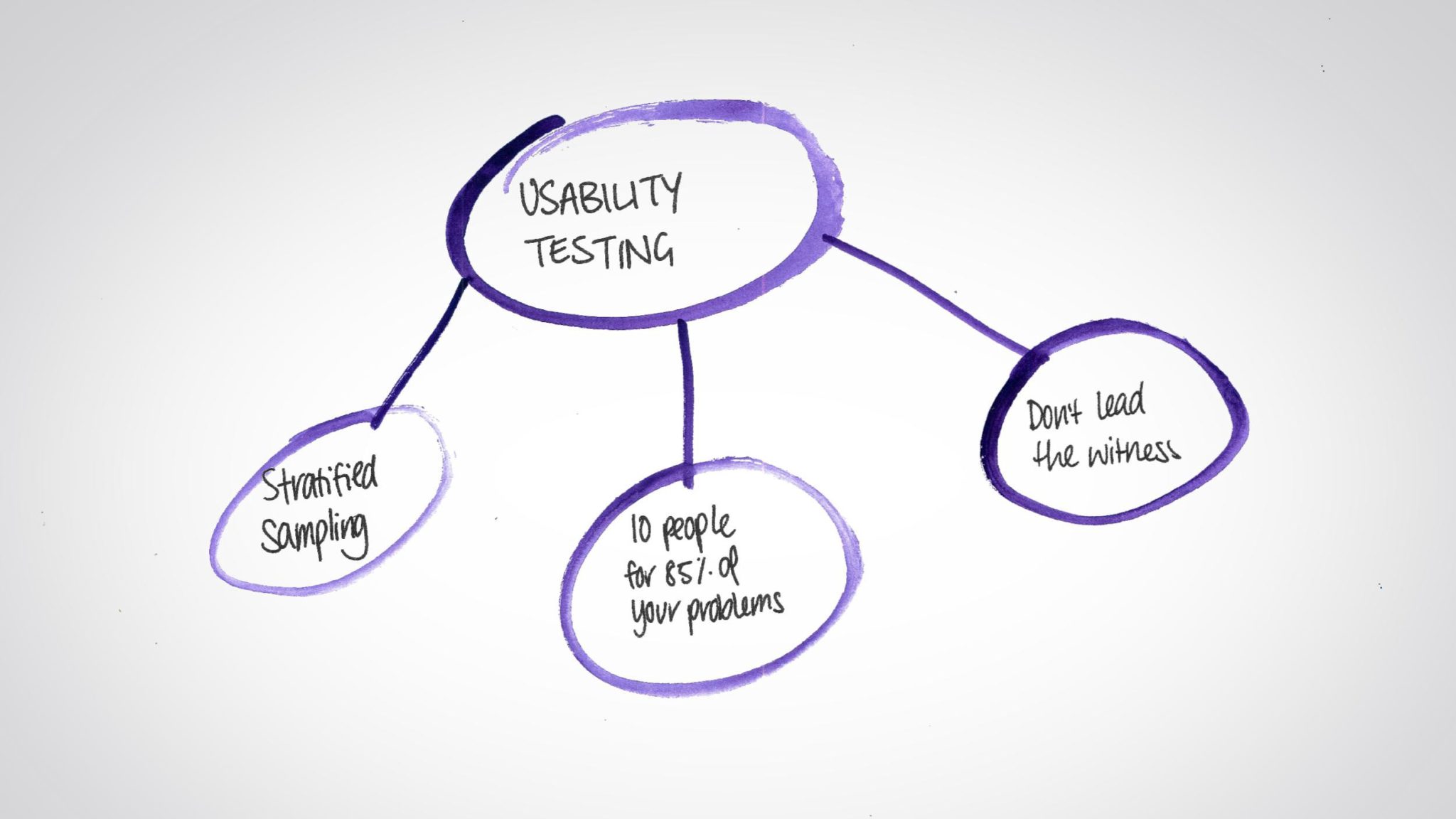TL;DR Making sure a product’s features can be easily used by customers to complete a goal
ISO 9241
To understand what usability testing is, we first need to get to grips with the term usability. What is it and what does it mean in this context.
ISO 9241 is a multi-part standard from the International Organisation for Standardisation (ISO) covering ergonomics of human-computer interaction.
The official ISO 9241-11 definition of usability is: “the extent to which a product can be used by specified users to achieve specified goals with effectiveness, efficiency and satisfaction in a specified context of use.”
This definition can come across very technical. Simply put, is it easy for people to complete a certain activity or task using a product?
Usable Interfaces
The Interaction Design Foundation has three main outcomes that a usable interface should have. They are:
- It should be easy for the user to become familiar with and competent in using the user interface during the first contact with the website. For example, if a travel agent’s website is a well-designed one, the user should be able to move through the sequence of actions to book a ticket quickly.
- It should be easy for users to achieve their objective through using the website. If a user has the goal of booking a flight, a good design will guide him/her through the easiest process to purchase that ticket.
- It should be easy to recall the user interface and how to use it on subsequent visits. So, a good design on the travel agent’s site means the user should learn from the first time and book a second ticket just as easily
Testing
From understanding the term usability, it allows me to understand what is being scrutinised in usability testing. This process is all about putting products through a series of tests to see how robust they actually are.
This process can help save valuable time and resources for businesses and individuals. It prevents unnecessary frustrations and grounds any decisions being made about the product in user feedback.
If a product successfully takes on board the research gathered it should mean that every choice can be underpinned by solid insights gained from the customer. This can be useful if having to present to external investors or internal stakeholders – every decision has a user behind it.
Usability testing plays a major part in user-centred design (UCD). They work hand in hand, one cannot function without the other.
User Testing or User Research?
Typically this process is know as user testing, however I have recently been challenged about using this term.
Leisa Reichelt, a researcher working for .GOV said “We call it user research not user testing. We test our design, our words and our ideas. We don’t test our users.”
I have now got into the habit of saying usability testing or user research. This implies that if customers cannot use a particular feature, it is a reflection on us and the product not a reflection of the customer. By simply adding a few letters to the end of a word, it can help to encourage users to participate in testing as they do not feel the pressure to get everything correct or first-time.
